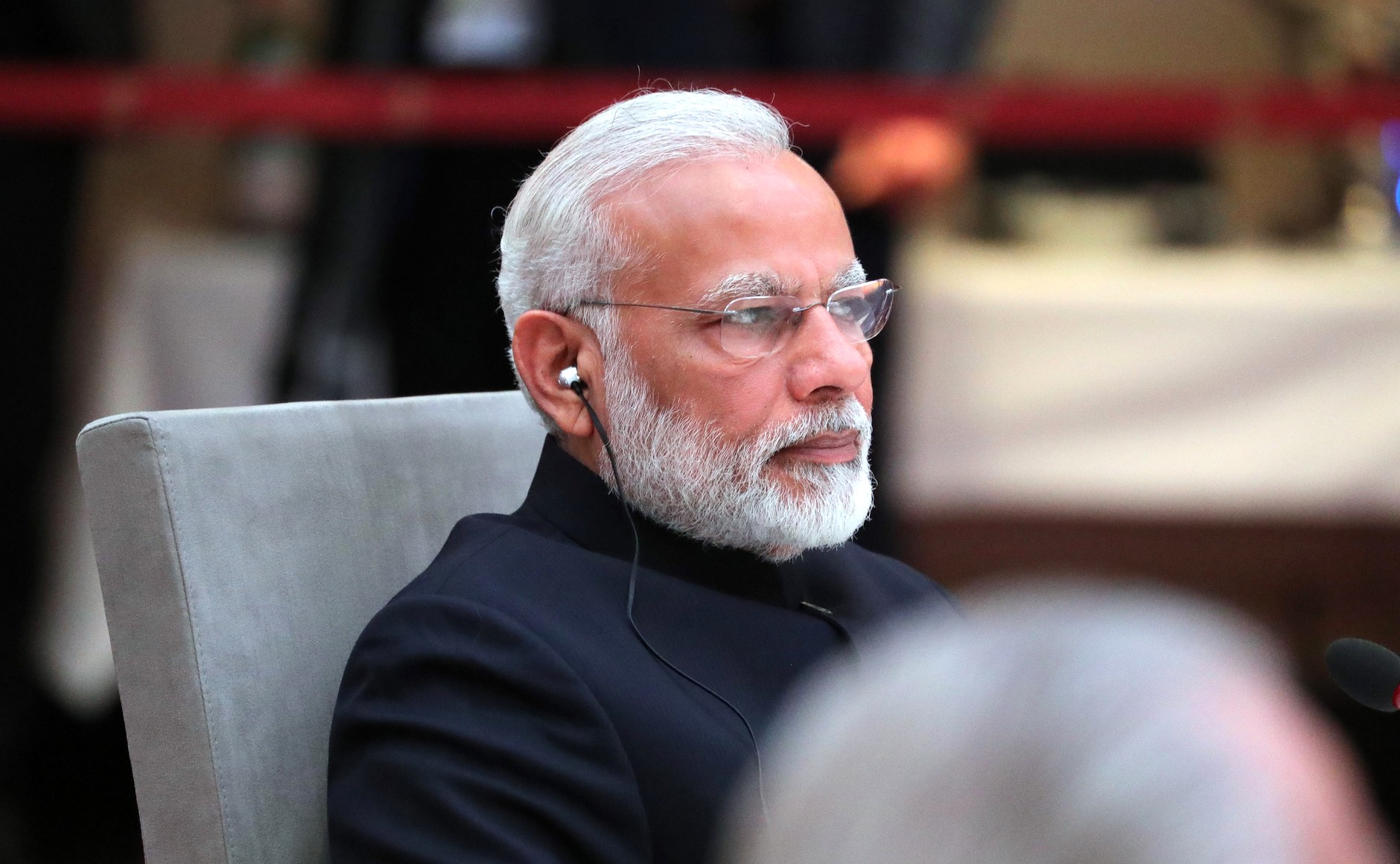Here’s how, where and why electrostats will arise

India and the UK have announced plans to improve interconnections between global power grids. The initiative responds to climatic and geopolitical objectives: New Delhi, in particular, wants to be an "electrostat"
At COP26, the Glasgow climate change conference, the UK and India announced plans to improve connections between the various global power grids. It is called the Green Grids Initiative and aims to encourage the spread of clean energy.
CONNECT RENEWABLES
Renewable energy plants, such as wind and solar parks, in fact, will be built far from built-up areas (where geographical conditions are more favorable: even at sea , for example). They will therefore be more "scattered" over the various national territories, compared to gas or coal power plants. For this reason, there will be a great need for transmission lines to connect them to networks.
THE OBJECTIVES
The initiative presented by Prime Ministers Boris Johnson and Narendra Modi has climatic purposes (both London and New Delhi have committed to achieving carbon neutrality, albeit at different times), but also responds to economic and geopolitical objectives.
The strengthening of electrical interconnections between states will allow those that produce excess "green" energy to sell it to those who need it, making a profit, as well as improving the general stability of energy systems: the possibility of "tapping into" foreign supplies in fact, it reduces the risk of crises linked to the intermittent output of renewables. Furthermore, exporters can also make gains in terms of projecting political influence beyond their borders.
ENERGY AND POLITICAL POWER
Having the ability to produce and sell large quantities of energy – fossil or renewable, the discourse does not change – has often been a question of geopolitical power. Oil has made Saudi Arabia a very important state in the world, for example; the gas deposits allow Russia to push its interests with Europe, given the relationship of dependence.
THE ELECTROSTATES
We have been accustomed, for decades, to talking about “petrostates”. But the term could soon be supplanted, in the energy lexicon, by "electrostats": that is, those countries capable of producing and exporting large quantities of clean electricity, perhaps at advantageous prices.
The energy transition will cause an increasingly clearer detachment from fossil fuels. The shares of these fuels will be absorbed by electricity, which will always be used in transport and heating, thus satisfying a progressively larger portion of the world's energy needs. In the long run, petrostats will lose relevance; the electrostats, on the other hand, will gain it.
Examples of electrostats could be China and India: the former is already the largest producer in the world of photovoltaic modules, wind turbines and batteries for storage; the second wants to become a large manufacturing center for solar energy devices; both want to drastically increase renewable capacity installations and could reach – again for solar – very low generation rates. That they can eventually exploit to sell clean electricity on regional markets (and perhaps beyond) at competitive costs. To do so, however, they will need to build interconnection infrastructures with other nations.
Even the petrostate par excellence, Saudi Arabia, has embarked on a transformation path to try to ride the ecological transition and present itself as a leading supplier of renewable electricity and hydrogen.
This is a machine translation from Italian language of a post published on Start Magazine at the URL https://www.startmag.it/energia/elettrostati-cosa-sono/ on Sun, 07 Nov 2021 07:22:23 +0000.
